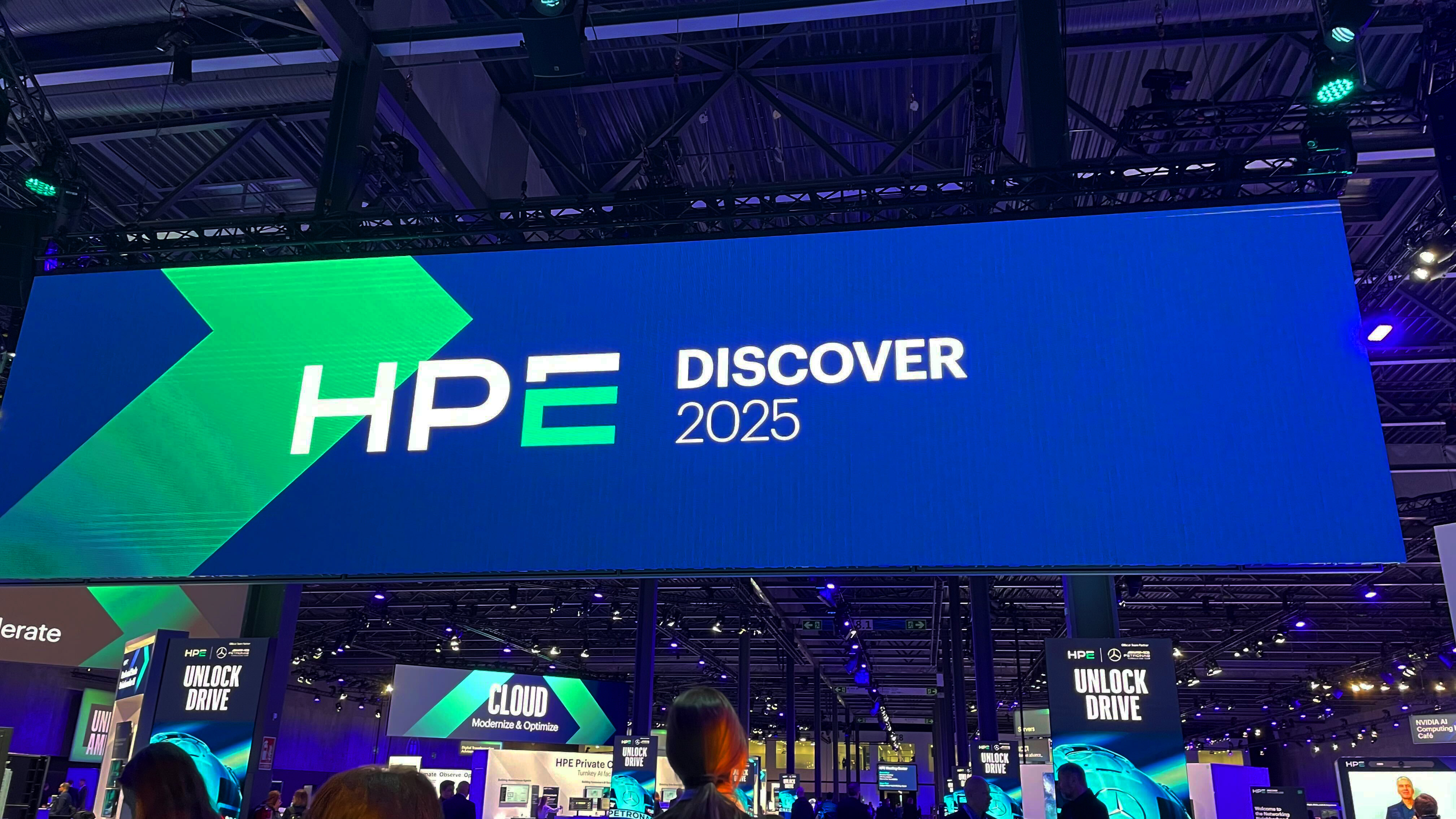Internet Explorer 8 review
The final version of Internet Explorer 8 has finally landed. Has Microsoft done enough to reel the browser defectors back in?
The final version of Internet Explorer 8 is here and the good news is that its Microsoft’s latest browser is the best one yet. The feature list is comprehensive and it seems solid and reliable. The only major downer is that it’s slower than the competition. There’s little chance of defectors returning to the IE fold, but if the community behind it grows it’ll be harder than ever to get fence sitters to move.

Back in the 90s, Bill Gates was slow of the mark when it came to seeing the potential of the internet, letting Netscape build a sizable lead in the market with its Navigator browser as a result.
In typical Microsoft fashion, the first two versions of its internet browser (released in August and November 1995 respectively) went largely ignored, but by the third version arrived (August 1996) it was starting to gain some attention.
Many will remember watching their PC slowly, slowly install the behemoth that was IE4 in September 1997. This was first time it really dug its claws into the Windows operating system, a move the really set it on a path to facing anti-competitive flak from the both the US government and the European Union.
By version 5 (March 1999), Microsoft had refined Internet Explorer to a large extent and, having defeated Netscape, enjoyed a virtual monopoly on the market at around 95 per cent.
Version 6 (August 2001) was released just prior to Windows XP and extended Microsoft's dominance. However, this led to a clear period of complacence, during which IE became infamous for a number of security issues. It wasn't until October 2006 that version 7 appeared. In the mean time, Mozilla Firefox rose from the ashes of Netscape and with other competitors, such as Opera, began to bring innovation back into the frame.
With Firefox now with enjoying a 21 per cent market share, Microsoft has some serious motivation once again. IE8 has been in development since August 2007 and two versions of the beta have appeared in 2008. Now, the final version has arrived and Microsoft is claiming that it brings with it a host of new improvements.
Straight away we can safely say that we're impressed. As you use the product you will find that Microsoft has made an attempt to add some genuinely useful features. Sure, many of these ape what's already available to the Firefox community, but that doesn't take away from the fact that at least Microsoft has implemented them.
Sign up today and you will receive a free copy of our Future Focus 2025 report - the leading guidance on AI, cybersecurity and other IT challenges as per 700+ senior executives
Installation
After you install and run IE8, the first thing it asks you to do is set up some of its new feature, such as web slices and accelerators, which we'll explain further down. What's clear though is that Microsoft's has clearly been forced to be more open to the world outside Microsoft while its services are the default, a list of alternative providers is clearly presented and it's easy to just choose the one you want.
First impressions are that Microsoft hasn't visually made any radical changes over version 7 and it doesn't have any high impact features like the grid display of pages that you get with Chrome or the sleek curves of Safari.
Benny Har-Even is a twenty-year stalwart of technology journalism who is passionate about all areas of the industry, but telecoms and mobile and home entertainment are among his chief interests. He has written for many of the leading tech publications in the UK, such as PC Pro and Wired, and previously held the position of technology editor at ITPro before regularly contributing as a freelancer.
Known affectionately as a ‘geek’ to his friends, his passion has seen him land opportunities to speak about technology on BBC television broadcasts, as well as a number of speaking engagements at industry events.
-
 Researchers claim Salt Typhoon masterminds learned their trade at Cisco Network Academy
Researchers claim Salt Typhoon masterminds learned their trade at Cisco Network AcademyNews The Salt Typhoon hacker group has targeted telecoms operators and US National Guard networks in recent years
By Emma Woollacott Published
-
 HPE says unified channel strategy won't force Juniper partners to generalize
HPE says unified channel strategy won't force Juniper partners to generalizeNews Does the company embrace specialists or want a full portfolio push? The answer, it seems, is both
By Jane McCallion Published
-
 Google DeepMind partners with UK government to boost AI research
Google DeepMind partners with UK government to boost AI researchNews The deal includes the development of a new AI research lab, as well as access to tools to improve government efficiency
By Emma Woollacott Published
